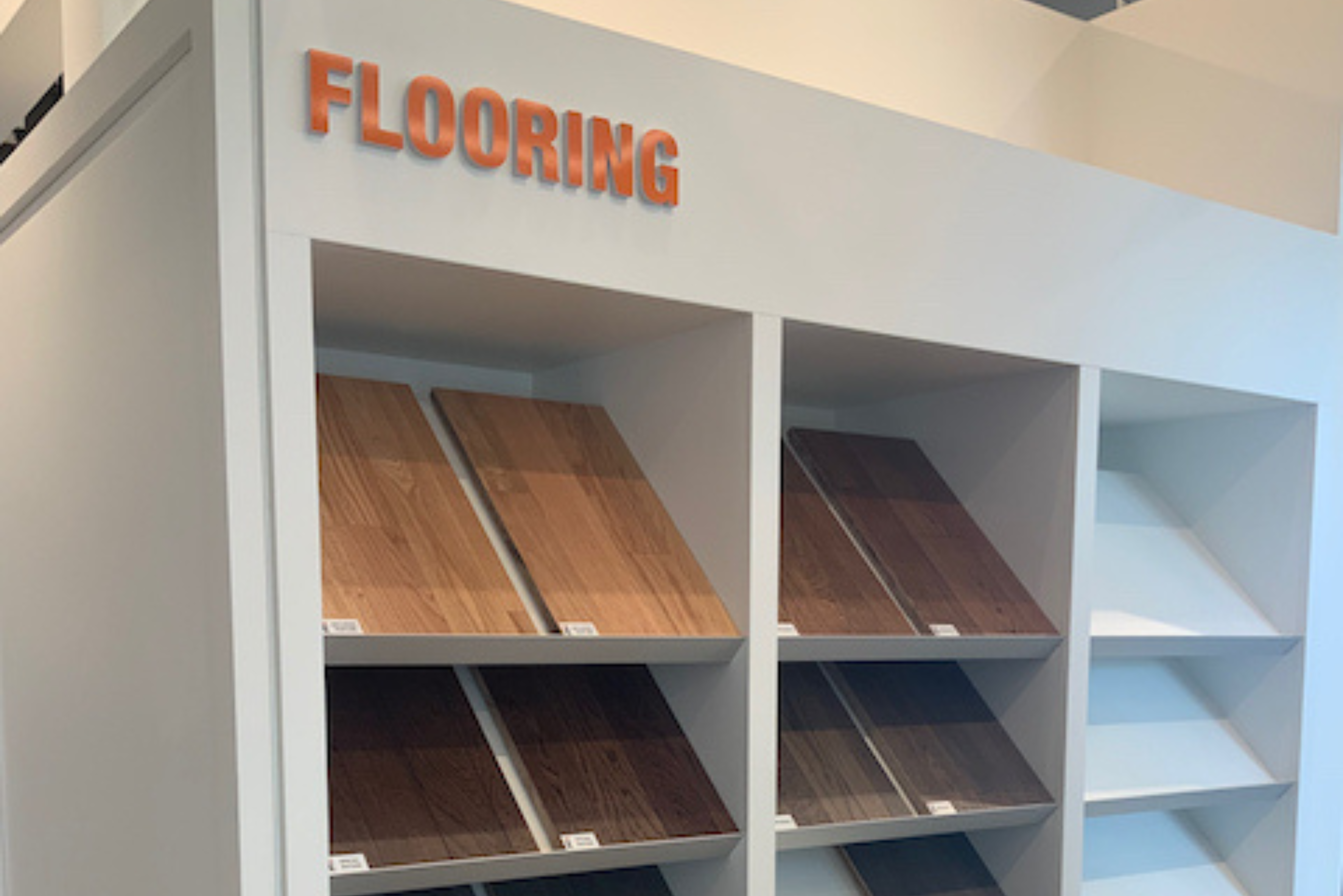I’m back with another installment in my Work Well with an Interior Design Professional series! I’m really pleased that this series has been resonating with you all. As I’ve said before, from professionals working for new home builders and condo developers to home owners and fellow interior design professionals and students, we can all benefit from better understanding the process of working with an interior design professional. When we’re all on the same page and know what to expect, the experience is as smooth and easy as possible for all parties involved.
Today we’re talking about Step 9. Need to catch up? You can read Part 1 here, Part 2 here, Part 3 here, Part 4 here, Part 5 here, Part 6 here, Part 7 here and Part 8 here.

Step 9: The Process and Schedule Management Phase
Once all the hard and soft goods are sourced – from appliances, finishes, fixtures and electronics to furniture, area rugs, window treatments, mirrors, art and accessories – it’s time to move on to Step 9, which is the process and schedule management phase. This phase is all about ensuring the timely completion of the project. The interior design professional has a lot of details to juggle and manage and organize, and it’s important that they own these details so as to not put any undue stress on the client.
This phase includes:
- Monitoring suppliers’ progress
- Shop/showroom visits, as required, for work-in-progress approvals
- Monitoring trades’ progress
- Site visits
Monitoring suppliers’ progress
Depending on the project, various suppliers may be involved in the interior design project and may have various mini projects on the go that are needed for the final project.
It’s important for the interior design professional to monitor the progress of these various suppliers to make sure that everything is being made to spec and also that everything is on schedule.
These suppliers may include:
- Millworkers who are working on things like cabinetry, wainscoting, wall panelling, custom book cases, fireplace surrounds, etc.
- Custom furniture makers
- Furniture or accessories stores/sellers
- Artists
Shop/showroom visits
Getting something custom-made? Want to make sure that what was delivered to a supplier is what you ordered? Paying a visit to the appropriate shop or showroom is a good way to stay on top of this phase of the project and to make sure that everything is being done to spec.
Monitoring trades’ progress
It’s important for the various trades workers involved in the project to be monitored to make sure that their work is following the appropriate plans and specifications, that it’s up to snuff in terms of quality, and that it’s on target to meet all completion dates. If one tile installer is behind, for example, it can throw off the whole sequence of work that is supposed to happen next – so it’s time to put your project management hat on!
This monitoring is the responsibility of the interior design professional, unless the trades people are working directly for the builder or client, in which case they may be involved.
These trades may include:
- Tile installers
- Electricians
- Plumbers
- Lighting experts
- Painters and wallpaper installers
- Carpenters
Site visits
The interior design professional is also advised to conduct several site visits, as this is the best way to make sure that everything is going to plan and is on schedule. We’ve all gotten really good at Zoom lately, but there’s nothing like the real thing for making sure that all your Is are dotted and your Ts are crossed! This is an important time to be very on top of all the little details, and a site visit may even alert you to some small last minute details that may have been missed earlier on.
That’s it for Step 9!
Stay tuned and watch my blog to learn more about Step 10. We’re getting close to the end!
Questions? Comments? Connect with me on Instagram or Facebook, and let me know!





